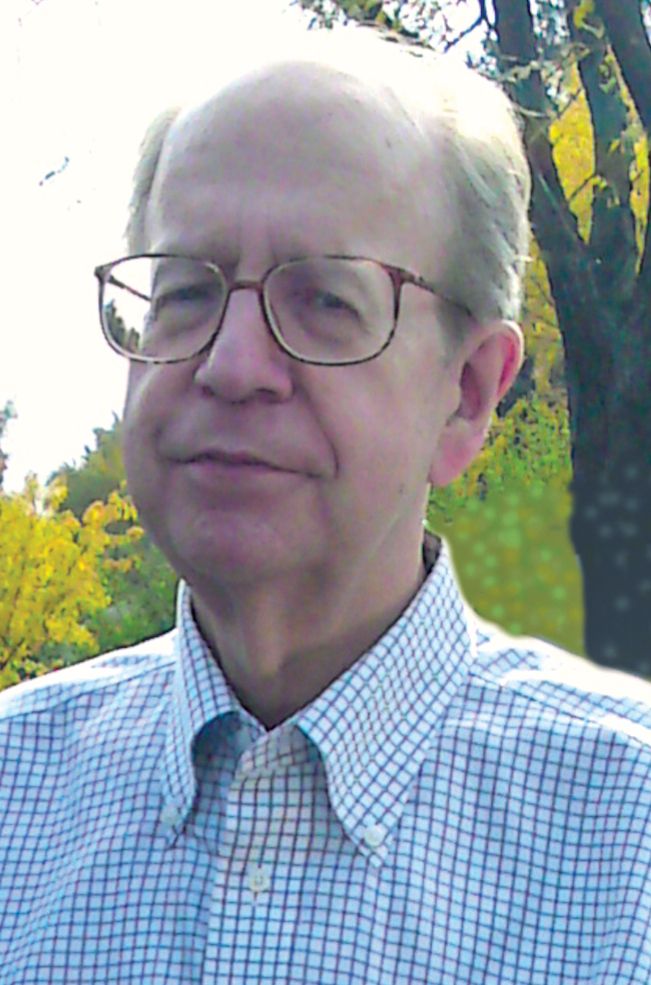John Warren Wilkins
DOI: 10.1063/PT.3.4437
John Warren Wilkins, Ohio Eminent Scholar and professor of physics emeritus at the Ohio State University (OSU), died on 6 December 2019 in Columbus, Ohio.

John Warren Wilkins
BENGT LUNDQVIST/CHALMERS UNIVERSITY

Born on 11 March 1936 in Des Moines, Iowa, John obtained a BS in engineering at Northwestern University in 1959. Four years later, under J. Robert Schrieffer, he earned his PhD in physics from the University of Illinois at Urbana-Champaign.
After an NSF postdoc at Cambridge University, John was appointed as an assistant professor of physics at Cornell University in 1964. He left as a full professor in 1988 to join OSU as an Ohio Eminent Scholar and a physics professor. Over his 53-year career in many areas of condensed-matter theory and interdisciplinary research, John mentored 45 PhD students and 59 postdocs, hosted 12 faculty visitors, and published hundreds of papers.
The three of us met John and each other 50 years ago, when John was a young faculty member at Cornell and we were students in theory and experiment. John’s excitement about physics was contagious. His interests and expertise spanned both the theoretical and experimental frontiers. His infectious laugh, insatiable scientific curiosity, and willingness to provide advice and guidance to everyone who sought him out had an enormous, positive, lifelong influence on us—scientifically, professionally, and personally.
When recently asked what his most significant accomplishment in physics was, John responded, “My students and postdocs”—men and women of many backgrounds and ethnicities.
John’s broad range of research included electron–electron interactions in metals and quantum dots, hybrid density functional theory for III–V semiconductor alloys, magnetic and electronic properties of rare earths, dilute magnetic alloys, x-ray absorption, and heavy-fermion materials.
At Cornell, soon after Kenneth Wilson developed his theory of the renormalization group for critical phenomena, John, Wilson, and their graduate student H. R. Krishnamurthy applied it to solve the Anderson impurity problem. Bubbling with ideas and questions, John was an inspiring presence to students and postdocs in his frequent visits to the low-temperature experimental labs of David Lee, John Reppy, and Robert Richardson. He facilitated exchange visits with European low-temperature physicists that resulted in collaborations and lasting relationships. His behind-the-scenes efforts led directly to the foundation of CHESS, the Cornell High Energy Synchrotron Source. John was the strong link that brought together many theorists and experimentalists at Cornell.
As an Ohio Eminent Scholar, John worked with OSU leadership to enhance investment in research and spur the growth of the Ohio Supercomputer Center and the OSU library. He paved the way for the NSF-supported Center for Emergent Materials. John was instrumental in the expansion of the physics department and in hiring efforts that included attracting Wilson to OSU.
John chaired the American Physical Society’s division of condensed-matter physics and received a lifetime award as an APS Outstanding Referee. He served as an editor on several journals. He was an adviser to the US Department of Energy, national and company laboratories, and US and European universities. John’s broad and deep knowledge, tireless service, discerning eye, unabashedly forthright questions, and thoughtful constructive criticism made him an indispensable member of numerous national and international advisory and review committees.
John had a lasting effect on condensed-matter physics in the Nordic countries, starting in 1968 when Stig Lundqvist at Chalmers University of Technology invited him to visit Gothenburg, Sweden. Subsequently, John made a long-term commitment to the Nordic Institute for Theoretical Physics to help establish a solid-state program. He made many extended visits to Chalmers and to the Niels Bohr and Hans Christian Oersted Institutes in Copenhagen, and he helped arrange numerous exchanges for professors, postdocs, and students from Denmark, Sweden, and Finland. His direct and hands-on approach to theoretical physics, his boundless energy, his sense of humor, and his willingness to enter into any argument were sources of constant inspiration.
John often took students on his sabbaticals to Denmark and Sweden and to the Kavli Institute for Theoretical Physics at the University of California, Santa Barbara. On a sabbatical to Denmark and Sweden in 1972–73, John helped organize Nobel Symposium 24, which was attended by nine previous and future Nobel Prize recipients. After serving as drivers and slide projectionists, we students got to hear the talks and go to the banquet. It was a unique and unforgettable experience.
John left substantial bequests to enhance physics in the future. Cornell will have two endowed John W. Wilkins postdoctoral fellowships in condensed-matter physics—one theoretical and one experimental. OSU will have an endowed professorship.
Our remarks represent the sentiments of hundreds of students, colleagues, and friends, and we thank Jan Herbst, Henrik Smith, Jeevak Parpia, Bengt Lundqvist, Avik Ghosh, Bill Halperin, and Terry Miller for their contributions.
More about the Authors
Carl Kukkonen. VIASPACE, Santa Cruz, California, Caltech/NASA Jet Propulsion Laboratory, Pasadena, California.
Robert Buhrman. Cornell University, Ithaca, New York.
Tin-Lun (Jason) Ho. Ohio State University, Columbus.
